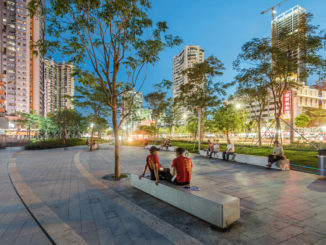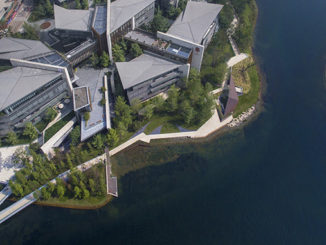Article by Falon Mihalic, Founder of Falon Land Studio
Throughout the pandemic, I’ve thought about how the rings on a tree show a record of stressful climate events throughout history and how our brains similarly keep records of stressful moments in our lives. We know trauma and stress rewire our brains and create hot spots of bundled nerve connections that remember pain.That said, I think about the developing brains of kids and how this pandemic is creating long term reactions to limited socialization, perhaps even isolation, affecting them for the long term; how a major drop in their education and engagement with their peers will have long term effects. Underprivileged kids and learners with needs for modified curricula, including many populations in under-resourced schools will suffer the worst of it. Figuring out a plan for bringing kids and teachers safely into an in-person learning environment is critical to a just, morally imperative and equitable education system.
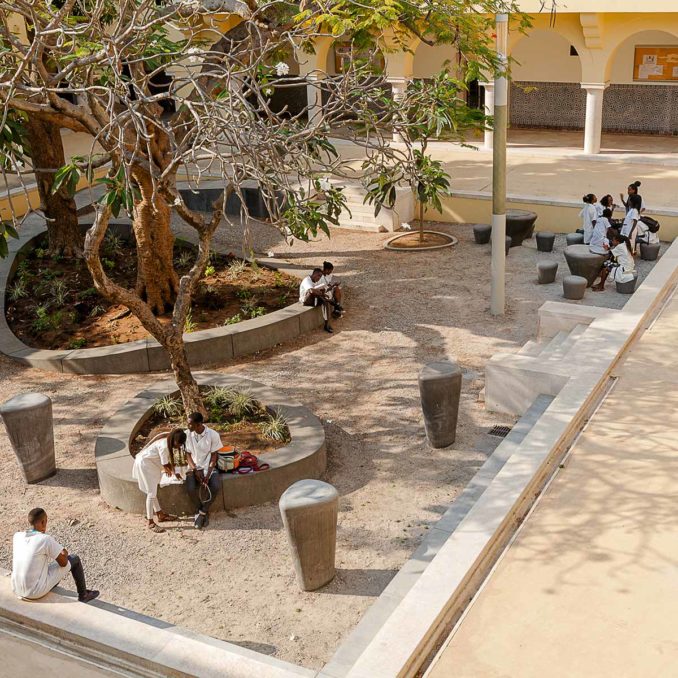
Image Credit: José Mota
Returning teachers and learners to school safely as the pandemic rages on is a major challenge worldwide. In the United States, the prospects of reopening schools this Autumn are bleak: case numbers continue to surge, teachers’ unions predict a mass exodus of qualified instructors if schools are forced to reopen, and virtual learning has major drawbacks in reaching optimal goals of deep understanding of content by means of learning mastery. The American Academy of Pediatrics released a statement [1] strongly urging schools to hold classes in-person instead of online. Their recommendations are based on evidence of school closures adversely affecting at-risk populations: kids living in poverty, in food deserts, with physical or developmental disabilities, or in unsafe living situations. School closures are compounding social, racial, and environmental inequities, and schools must devise plans to safely reopen. Let’s think beyond school buildings and look to the school yards, adjacent streets, and even nearby public parks, as spaces for outdoor classrooms. How can we reimagine converting outdoor spaces into open air classrooms?
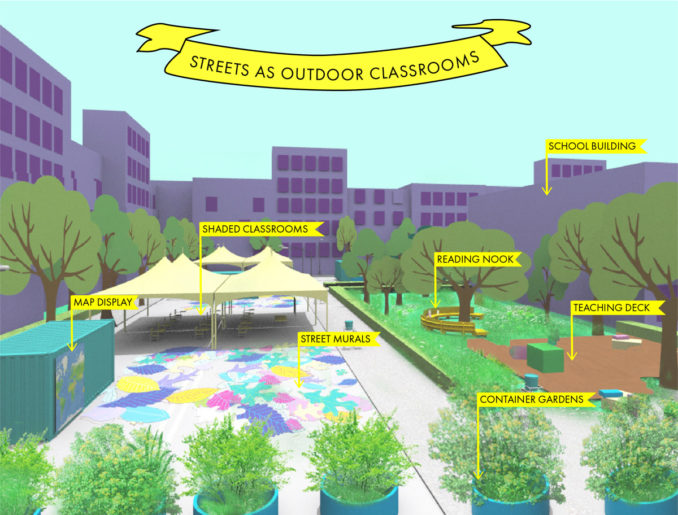
Thinking beyond the walls of the school building presents an unprecedented opportunity for more kids to interact with nature. This is an exciting possibility because outdoor learning models have the potential to shift from a niche idea afforded only by private schools to a more exciting, radically inclusive nature-based education model for public school students.
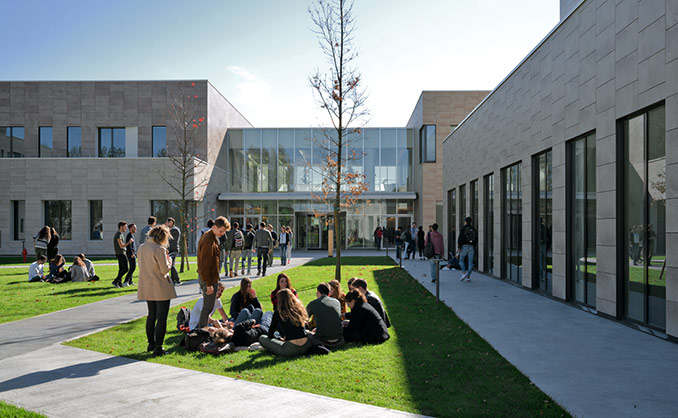
Image Credit: Andrea Martiradonna
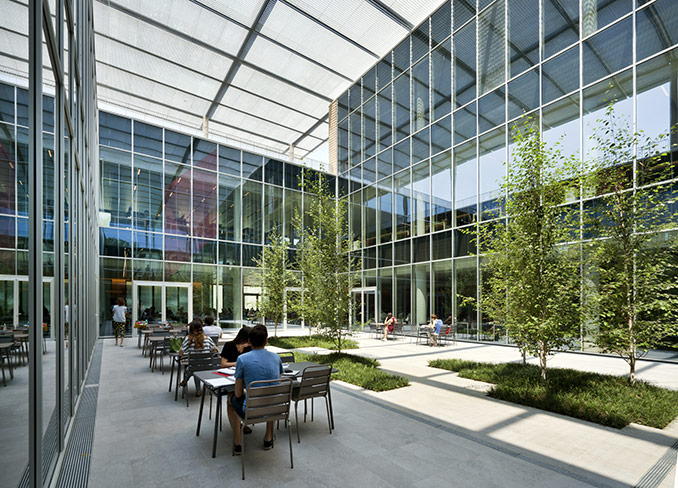
Image Credit: Andrea Martiradonna
Expanding into the outdoors does not solve every problem of returning kids to school during a pandemic, yet the school grounds have the space required for physical distancing and the necessary airflow for decreasing virus transmission risk. Yes, kids and teachers still need access to bathrooms, a way to eat, and there are challenges with heat, rain, snow, and wind depending on the climate and time of year. The challenges are numerous, and must be addressed by educator-led coalitions who create plans that inform school district-wide policies; perhaps even state or national level education policy. Solutions we might consider to be difficult, because the problems presented by pandemic thinking were not imagined even a year ago, difficult ones to tackle, are nevertheless not impossible to reimagine.
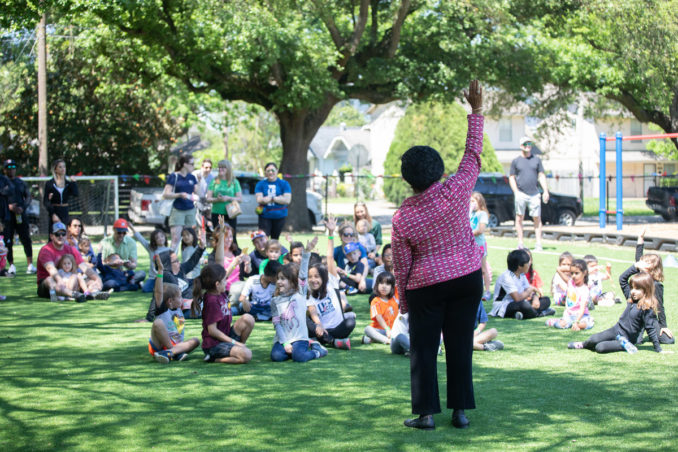
Shifting the education model to integrated outdoor teaching and learning opens up the possibility for a more robust environmental education, one that’s responsive to the seasons, the weather, the life and decay of the world outside, and it forces a reckoning with unsafe or unhealthy conditions surrounding schools–from speeding cars and distracted drivers to air pollution. Suddenly, the previously enclosed unit of the school is more fully embedded in the community. What if school yards expanded into adjacent streets to create outdoor classrooms? The safe school zone would gather more territory. Streets become safer for kids and thus safer for the surrounding community. Extend the zone of the school yard, and kid safety is prioritized in a larger zone of the community, with health and safety implications for the entire neighborhood (fewer traffic fatalities, slower car speeds, less traffic noise, cleaner air).
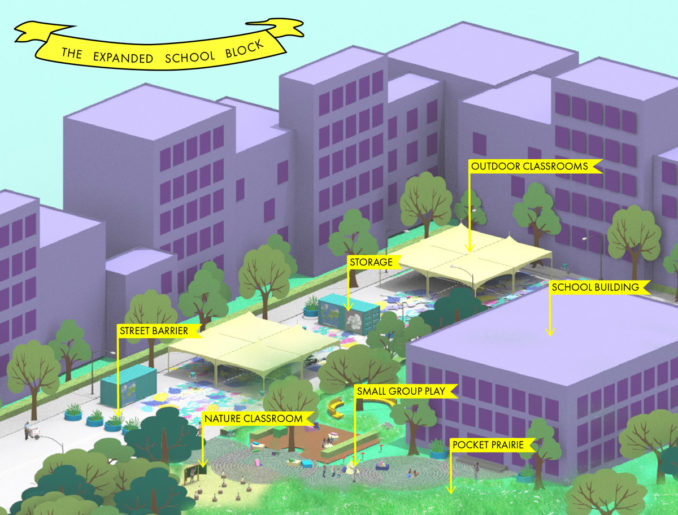
There are numerous benefits to giving kids more time outdoors. Research overwhelmingly shows that kids develop better problem solving, communication, and cooperative skills with access to natural areas [2]. There is a growing movement to get kids outdoors more with forest schools and nature playgrounds as specialized learning programs. The most robust versions of nature learning programs take place at private schools or are privately funded projects in public spaces. They are not broadly implemented, but they should be, and widely implementing outdoor classrooms could make nature based education the norm. How can a school day be reimagined as one that happens primarily outdoors? What could it mean to create a nature-based curriculum? Perhaps it is a module within the expanded curriculum and becomes a module that persists after the pandemic is gone. Imagine if every public school had some version of a robust nature playground with fruit orchards, kid-sized sunflower forests, frog ponds, and pocket prairies integrated into outdoor classrooms. The positive impacts would be tremendous.
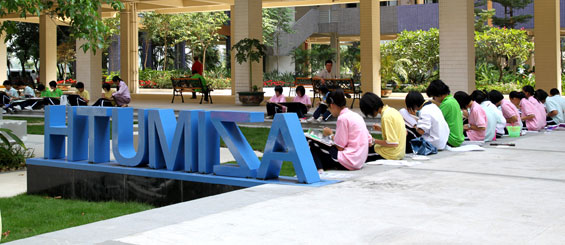
IMAGE CREDIT | Gravity Green
Outdoor classrooms need to be combined with partial attendance strategies, decreased class sizes, and all recommended protocols for hygiene and mask wearing. I’m not suggesting we reopen schools before case counts fall nor am I suggesting that teachers put their lives at risk to educate. I am simply saying: we need an in-person education plan and outdoor space can provide a safe physical framework for it.
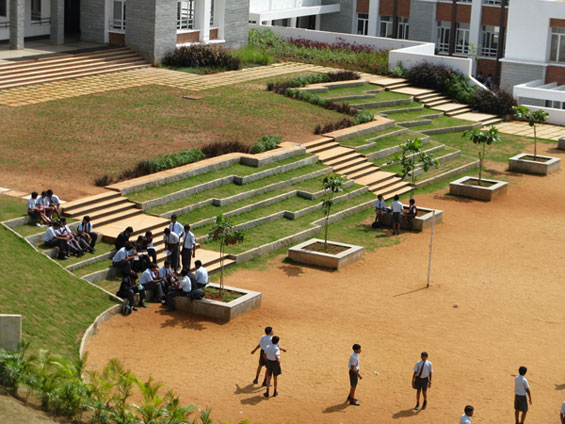
Having kids physically present in school without increasing COVID-19 risk s a major feat and, as the New York Times editorial board argues[3], we must figure out a way to do it. These efforts should ultimately be led by educators with broad community support. Landscape architects are the nature design visionaries who can help bring outdoor learning ideas to reality in a safe, fun, and enriching way. We are responsible for creating a greener and more just world for the next generation. Let’s create outdoor learning landscapes for all.
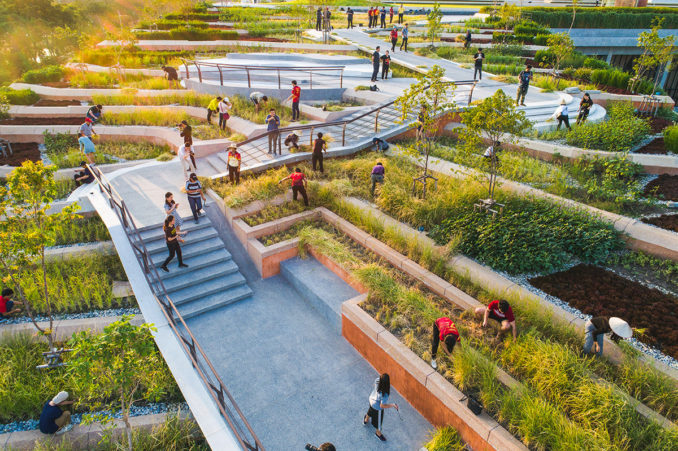
Image Credit: LANDPROCESS
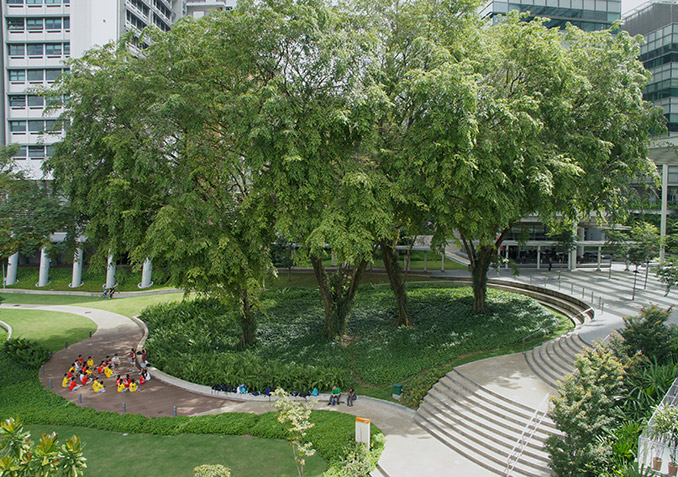
Image Credit: John Gollings and Helen Smith-Yeo
[1] American Academy of Pediatrics (Last Updated 25 June 2020) COVID-19 Planning Considerations: Guidance for School Re-entry (Viewed 24 July 2020)
https://services.aap.org/en/pages/2019-novel-coronavirus-covid-19-infections/clinical-guidance/covid-19-planning-considerations-return-to-in-person-education-in-schools/
[2] Texas Children in Nature (n.d.) Research (Viewed 24 July 2020)
https://www.texaschildreninnature.org/resources/research
[3] The Editorial Board (2020). ‘Reopening Schools Will Be a Huge Undertaking. It Must Be Done.’ New York Times, 10 July 2020. https://www.nytimes.com/2020/07/10/opinion/coronavirus-schools-reopening.html

